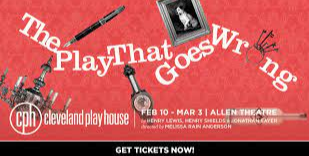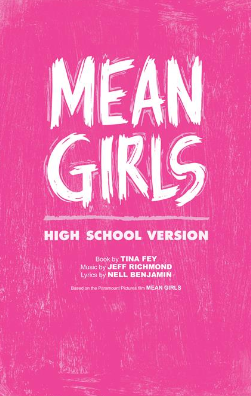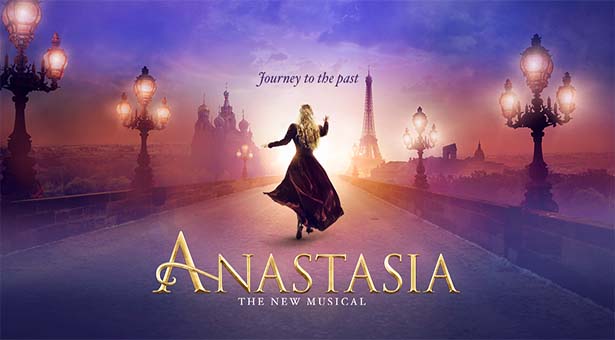The book The Bell Jar, by Sylvia Plath is, of course, an old classic. But it is never irrelevant. The semi-autobiographical story of Plath’s early twenties, at a time where her depression was it its worst, is Plath’s only novel. Much like Plath, Esther Greenwood, our narrator and protagonist, attempts suicide and the book tells the story of the life before and after. Recovery, and a glimpse into how mental illness was treated in the mid-20th century.
But of course that could turn people off, the idea of reading only about what is essentially a teenagers worst moments of life, her losing her sense identity.
But I want to first quote the story before presenting my argument for how the book is perfect for those embarking on life now: “I saw my life branching out before me like the green fig tree in the story. From the tip of every branch, like a fat purple fig, a wonderful future beckoned and winked. … I saw myself sitting in the crotch of this fig tree, starving to death, just because I couldn’t make up my mind which of the figs I would choose. I wanted each and every one of them, but choosing one meant losing all the rest, and, as I sat there, unable to decide, the figs began to wrinkle and go black, and, one by one, they plopped to the ground at my feet.”
Esther feels this sense of indecision, a sense of inadequacy one could feel as they embark on adulthood. Who can you be? What is the right path? And there is, of course, this growing sense of how being frozen in this fear will lead to you no longer even having a choice. Plath’s story is still a beautiful piece and highly available at many second-hand book stores. And with her short stories still being discovered years after her first publication, Plath still manages to enthrall readers from her early grave.

































